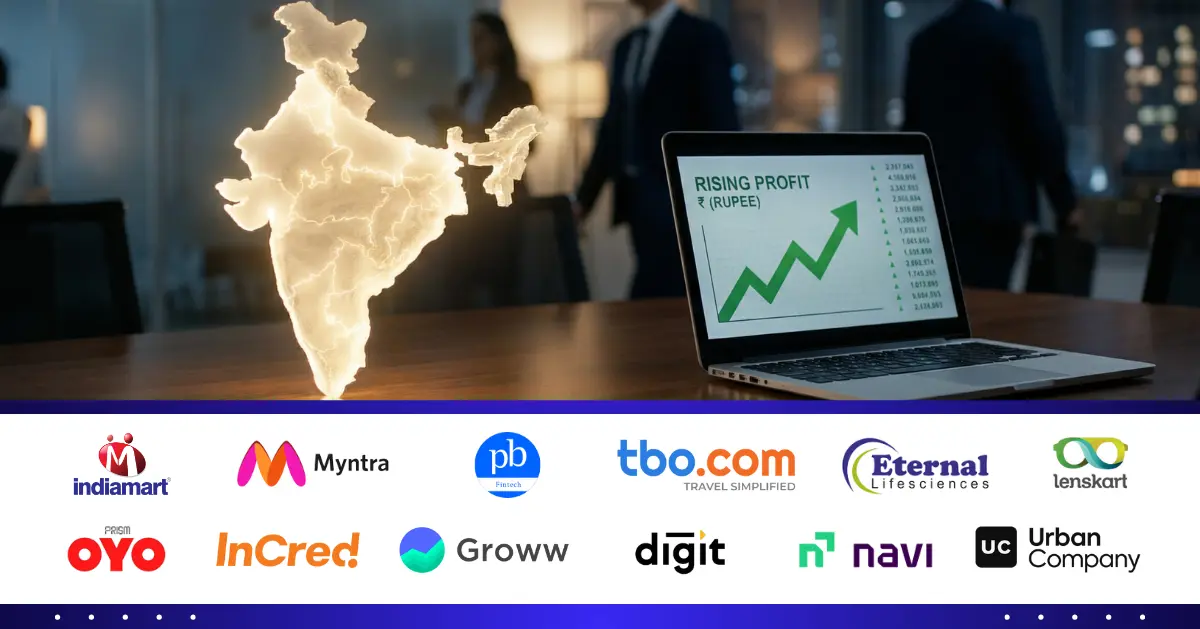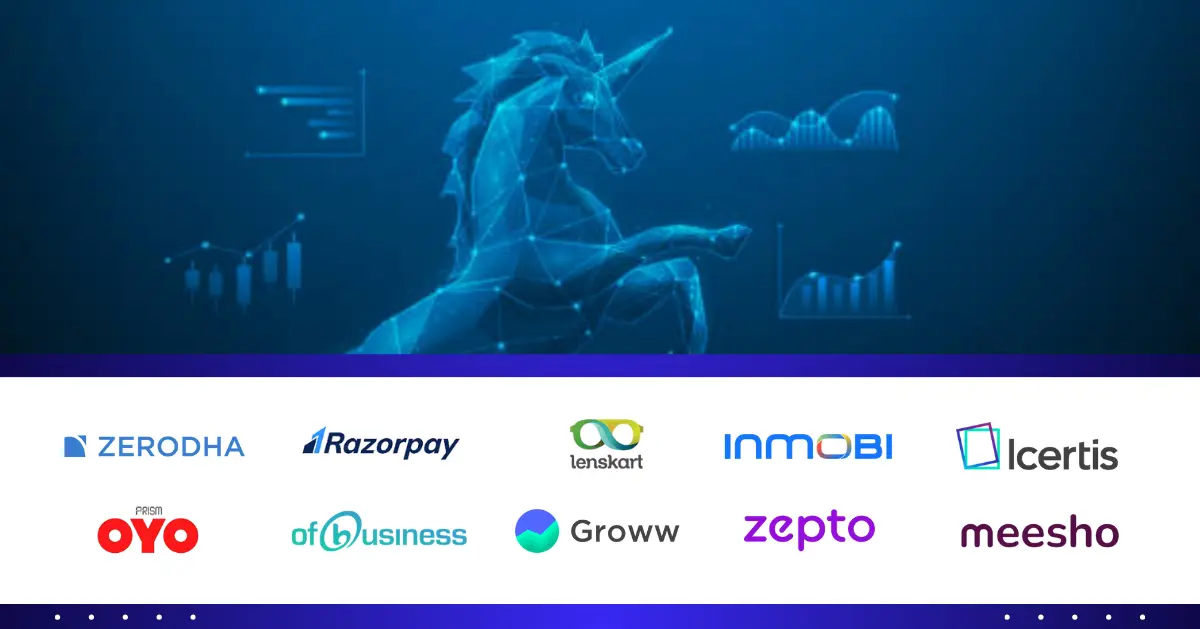
Introduction
Data classification is a critical aspect of modern data management, involving the systematic categorization of information based on its sensitivity, importance, and accessibility. In an era where organizations rely on real-time data processing and advanced technology, the ability to efficiently classify data is crucial for maintaining data integrity, confidentiality, and availability. Businesses, government agencies, and individuals alike must adopt structured data classification frameworks to mitigate risks and enhance security.
India’s rapid digital transformation, fueled by initiatives like Digital India and the widespread adoption of cloud computing and AI-driven solutions, has amplified the need for effective data segregation strategies. With increasing cyber threats and stringent data protection regulations, organizations must implement robust classification techniques to ensure compliance, streamline operations, and safeguard sensitive information. This article delves into the significance of data classification, its methodologies, and how businesses can optimize their approach to enhance security and operational efficiency in the Indian market.
Also Read: Digital Accounting Guide For Businesses
What is Data Classification?
Data classification is the process of organizing data into categories that reflect its importance and the level of security it requires. This methodical classification ensures that sensitive information is protected from unauthorized access while enabling efficient data management. In live processing environments, where systems continuously generate and consume data, maintaining clear boundaries based on data is essential. It helps in aligning security protocols with operational needs and supports compliance with regulatory frameworks, particularly in a rapidly evolving technological landscape like India’s.
Key points:
- Classification assigns sensitivity levels to data.
- It supports efficient real-time processing and management of software.
- It lays the groundwork for a secure technique infrastructure.
What Are The Types of Data Classification?
Classification typically involves categorizing data into three primary types:
1. Public
Public data is information that can be shared freely without significant security concerns. This classification often includes marketing materials, press releases, and other data that is intended for public consumption. Public data is generally managed by software that do not require intensive live processing safeguards, yet it still plays a role in the overall technique framework.
2. Confidential
Confidential data encompasses sensitive information that should be accessible only to a select group of individuals. This classification includes internal business documents, financial records, and proprietary research. In real-time systems, managing confidential data requires stringent security measures and techniques, solutions to prevent unauthorized access, particularly in an environment like India where data breaches can have far-reaching consequences.
3. Restricted
Restricted data is the most sensitive category and includes information whose exposure could lead to severe repercussions. This classification covers personal data, trade secrets, and classified governmental information. Live processing of restricted data demands high-end technology and dedicated software that adhere to strict cybersecurity protocols.
What Is The Importance of Data Classification in Cybersecurity?
The role of classification in cybersecurity cannot be overstated. With cyber threats evolving at an unprecedented rate, categorizing data based on sensitivity helps organizations prioritize security resources effectively. Here’s why it matters:
- Enhanced Protection: By segregating data into public, confidential, and restricted categories, businesses can implement tailored security measures. This approach reduces vulnerabilities in software that processes sensitive data.
- Efficient Risk Management: Proper classification enables organizations to assess risks accurately and allocate cybersecurity budgets more efficiently, particularly in live processing environments where swift decision-making is crucial.
- Regulatory Compliance: In India, compliance with data privacy laws and standards—such as those emerging from the Digital Personal Data Protection Bill—relies on clear data protocols. This ensures that data is managed in accordance with legal requirements.
- Operational Efficiency: When classification is integrated into technology solutions, it streamlines access controls and incident response, thus enhancing the overall security posture of real-time software.
How Businesses Can Implement Effective Data Classification?
For Indian businesses looking to safeguard their data and ensure smooth live processing in their software, implementing an effective data segregation strategy involves several key steps:
- Conduct a Data Inventory: Identify all types of data your organization collects, stores, and processes. This step helps in understanding the scope and sensitivity of the information.
- Define Classification Levels: Develop clear guidelines to classify data into public, confidential, and restricted categories. Ensure that these definitions align with industry best practices and regulatory standards in India.
- Integrate with Technology Solutions: Use modern techniques and tools that support live processing to automate data. This ensures that the software can dynamically assign and enforce classification levels as data flows across the network.
- Train Employees: Educate staff on the importance of classification and how to handle data according to its classification level. This training should be ongoing to keep pace with emerging technology and cybersecurity trends.
- Monitor and Audit: Regularly review your data policies and practices. Use analytics and monitoring tools to ensure compliance and to quickly address any anomalies in live processing environments.
By following these steps, businesses can create a resilient framework that protects sensitive data and supports the efficient operation of software.
What Are Data Privacy Laws and Compliance Standards?
In the Indian context, classification is not just a best practice—it is a regulatory necessity. The Indian government has introduced several laws and guidelines to protect personal and sensitive data. Key points include:
- The Information Technology Act: This act provides the framework for data protection and cybersecurity in India. It emphasizes the need for robust classification and secure handling practices.
- Data Protection Bill: Although still evolving, the proposed bill aims to introduce stricter measures for data and privacy, affecting how live processing of personal data is managed.
- Industry Standards: Indian businesses often adopt international standards such as ISO/IEC 27001, which emphasizes classification as part of an effective Information Security Management System (ISMS).
Compliance with these laws ensures that data is classified appropriately and that software handling this data is secure. Leveraging techniques for live processing can help organizations meet these stringent requirements, thereby minimizing legal risks and enhancing public trust.
Challenges in Data Classification and How to Overcome Them
While classification offers significant benefits, several challenges must be addressed, especially in the context of real-time software:
- Volume and Velocity of Data: The sheer volume of data generated in modern technology environments, coupled with the speed of live processing that can overwhelm traditional classification methods.
Solution: Invest in advanced analytics and machine learning tools that automate data. - Unstructured Data: Not all data fits neatly into predefined categories. Unstructured data such as emails and social media posts can be difficult to classify. Solution: Use specialized technology that leverages natural language processing (NLP) to classify unstructured data accurately.
- Legacy systems: Older systems might not support modern classification techniques, posing a risk to the integrity of live processing. Solution: Gradually integrate modern techniques with legacy software or adopt hybrid solutions that bridge the gap.
- Human Error: Manual classification is prone to errors that can compromise data security. Solution: Automate the classification process where possible and conduct regular training to reduce human error.
- Cost and Complexity: Implementing a robust data system can be resource-intensive. Solution: Prioritize high-risk data and adopt scalable solutions that can grow with your organization’s needs.
Conclusion
In today’s fast-evolving digital landscape, data is the backbone of real-time software operations and a crucial element in strengthening cybersecurity frameworks. With India undergoing a rapid digital transformation, the need for accurate data classification, secure data handling, and regulatory compliance has never been more critical. Businesses is the proactively invest in robust data management strategies not only fortify their security posture but also unlock higher efficiencya and seamless real-time processing which make the enhanced decision-making capabilities.
At RegisterKaro, we specialize in simplifying the complexities of real-time data management, advanced technologies, and system processing to help businesses optimize their digital infrastructure. It is ensuring that regulatory compliance, streamlining operations, or strengthening cybersecurity, our expert guidance ensures that your business remains secure, efficient, and future-ready in an increasingly data-driven world.
Reach out to us and make your compliance journey hassle-free, allowing you to focus on what truly matters—growing your business. Contact our support team at support@registerkaro.in today!
Frequently Asked Questions (FAQs)
Q1: What is data classification?
A1: Data classification is the process of categorizing data based on sensitivity and importance, ensuring that it is adequately protected across various software and during live processing.
Q2: Why is data classification important in cybersecurity?
A2: It helps in prioritizing security measures for sensitive data, reducing vulnerabilities, and ensuring that techniques and software handling live processing are secure against cyber threats.
Q3: How can businesses in India implement effective data classification?
A3: By conducting a thorough data inventory, defining clear classification levels, integrating automated techniques solutions for live processing, and training employees on best practices.
Q4: What are the main types of data classification?
A4: The three primary types are Public, Confidential, and Restricted. Each type requires different security measures depending on the sensitivity of the data involved.
Q5: How do data privacy laws in India impact data classification practices?
A5: Indian regulations mandate the strict handling of personal and sensitive data, making it essential for organizations to adopt robust data segregation frameworks that ensure compliance and protect live processing environments.




